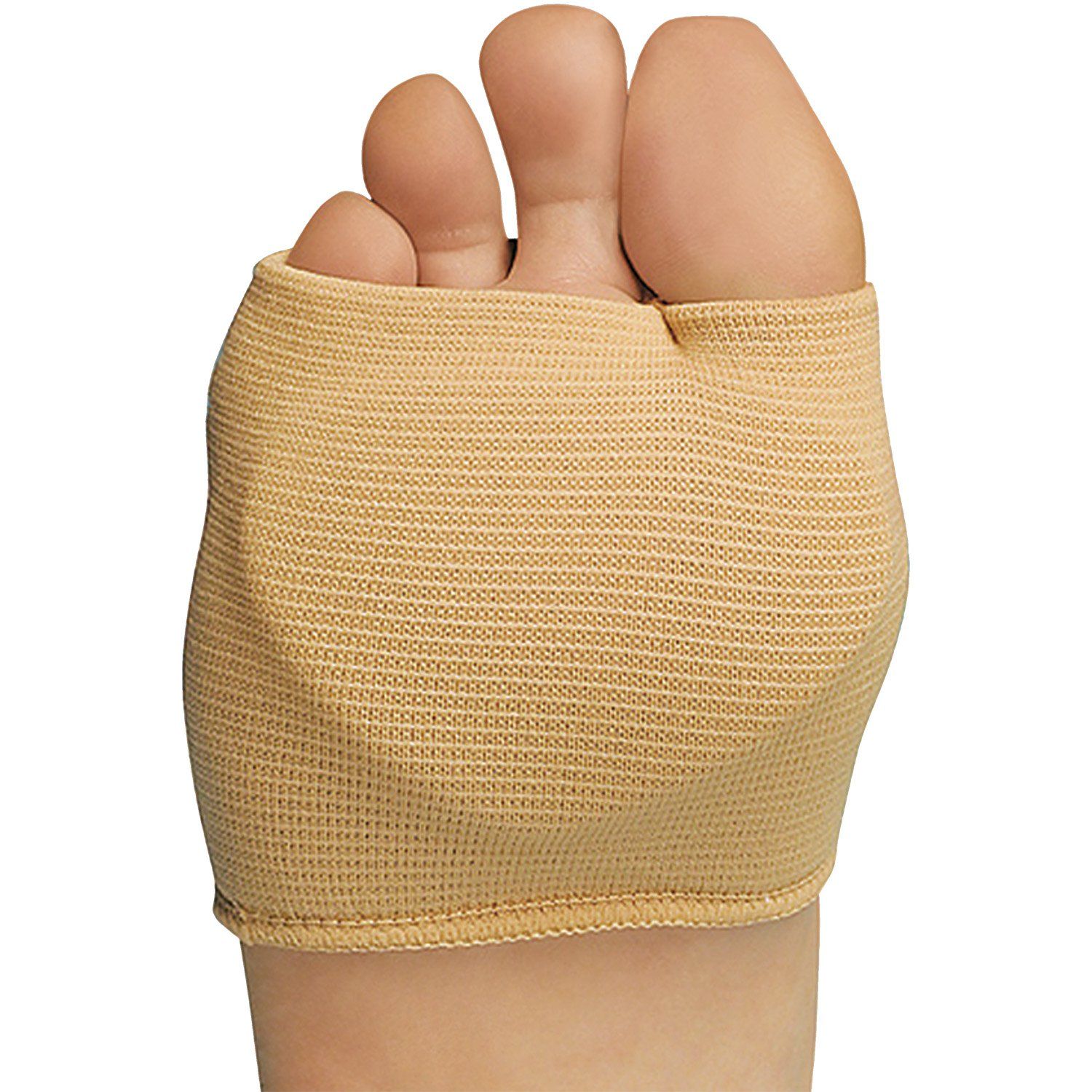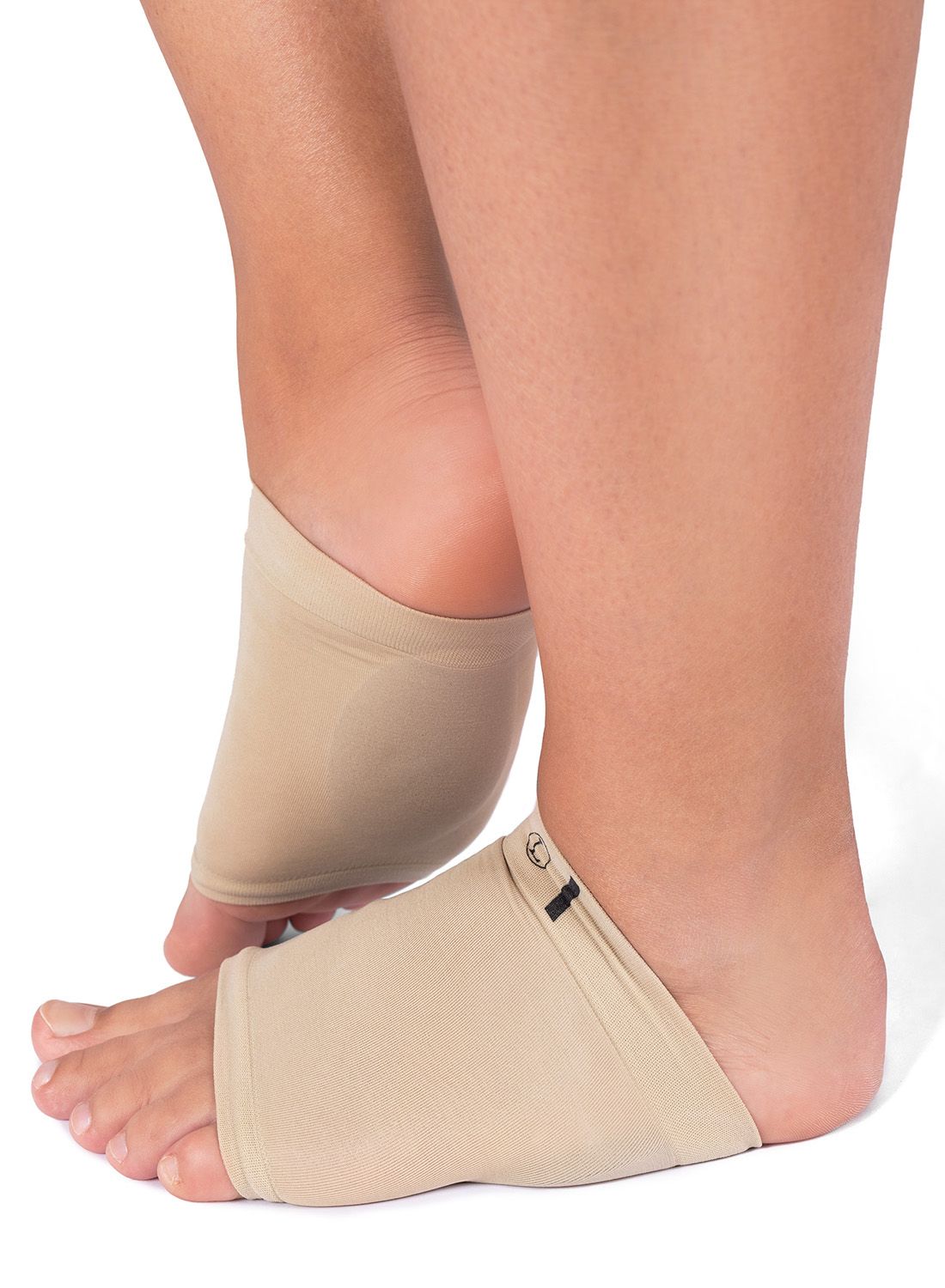Morton's Neuroma
The podiatrists at Podobrace explain more on this page about “Morton’s Neuroma.” When you have a neuroma, it can cause uncomfortable and painful symptoms without any visible signs on the outside. It’s completely understandable to have questions. Fortunately, there are simple, affordable, and effective ways to reduce and prevent the painful symptoms of Morton’s Neuroma. We’ll explain everything you need to know below.
What is Morton’s Neuroma?
Morton’s Neuroma is, in short, a pinched nerve located in the forefoot, which causes pain in that area. The affected nerve is most often found between the third and fourth toes.
Nerves run between the metatarsal bones in the forefoot, and when one of these nerves becomes compressed, it can swell and thicken. This condition is called a neuroma. Morton’s Neuroma occurs more frequently in women than in men.
What are the symptoms of Morton’s Neuroma?
- Sharp, stabbing pain while walking
- Pain that worsens with movement
- No visible signs on the outside of the foot or toes
- Shooting pain in or beneath the forefoot
What causes Morton’s Neuroma?
The exact cause of Morton’s Neuroma is still unclear. However, researchers have identified several potential contributing factors:
- Wearing shoes that are too tight or narrow
- Frequently wearing high heels
- Participating in sports that put frequent pressure on the feet
- Having underlying conditions such as arthritis or rheumatism
If you’ve had arthritis or rheumatism in your foot for an extended period and haven't received treatment, the risk of developing Morton’s Neuroma increases. Do you suspect arthritis or rheumatism in your foot? Click on one of the three links within those words. Our podiatrists at Podobrace have created separate pages about these conditions, where you can find detailed information and treatment options.
How can you relieve the symptoms?
- Wear shoes that are wide and long enough to avoid pinching
- Take your shoes off whenever possible, and walk barefoot at home
- Choose shoes with proper cushioning or use insoles for better support
- Use gel pads to reduce pressure on the forefoot
At the bottom of this page, our podiatrists have selected a few insoles and forefoot cushions that can significantly reduce the symptoms of Morton’s Neuroma. These aids are a fast and highly effective solution for relieving a neuroma.
Do you have further questions?
If you have any other questions about Morton’s Neuroma, about the products listed below, or any general concerns, don’t hesitate to get in touch with us. Our team of specialists is happy to assist you.

- Physiotherapist
- Sports podiatrist
- Manual therapist
- Podopostural therapist
- Myofascial dry needling specialist





